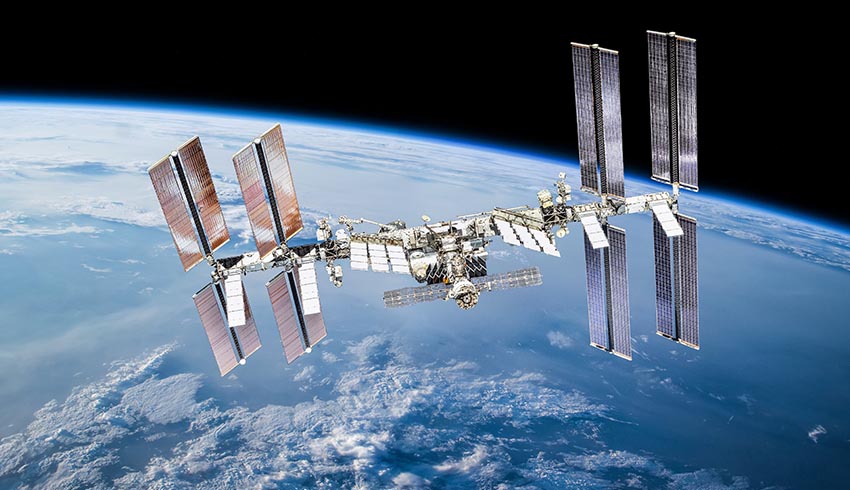Following a routine inspection of one of the ISS’ robotic arms, dubbed Canadarm2, the Canadian Space Agency (CSA) located a visible hole “approximately five millimetres in diameter”, following an assumed collision with unidentified ‘space junk’.
Canadarm2 is a 17.6-metre-long robotic arm that forms as one part of Canada’s contribution to the ISS. Each end of Canadarm2 boasts a “hand” known as a Latching End Effector, which provides the arm a very strong grip.
These allow the robotic arm to firmly grasp objects, or latch itself to the station. The arm is used to perform station maintenance; move supplies, equipment, Dextre and astronauts; as well as perform "cosmic catches" to bring items or vehicles into the ISS.
The CSA and NASA have confirmed that the arm’s performance is “unaffected” by the incident, and the damage is “limited to a small section of the arm boom and thermal blanket”.
Canadarm2 will thus continue to perform its operations as planned.
The CSA added that the “utmost precautions” are taken to avoid and reduce the risk of any potential collisions with any part of the station, however “impacts with tiny object do occur”.
The Canadian agency also said the incident was a “lucky strike”, which thankfully did not endanger the lives of any of the astronauts currently stationed on the ISS.
Currently there are over 23,000 foreign objects – colloquially known as ‘space junk’ – the size of a softball or bigger that are constantly tracked in order to detect any possible collisions with satellites or the ISS itself.
However, it is currently unknown what specifically caused this impact, and analysts have said the unidentified object was clearly too small to be tracked.
The CSA said there are a number of similarly “tiny objects”, be that rock or dust particles, to space junk, that are too small for sensors to monitor.
Space junk generally refers to any kind of debris left behind by humans in space, such as fleck of paint that has worn off a satellite, or machinery materials that have fallen from rockets or space ships.
NASA has said that “millimetre-sized orbital debris represents the highest mission-ending risk to most robotic spacecraft operating in low-Earth orbit”, largely due to the fact that small object cannot be tracked.
The agency also stated that several windows in its now-retired space shuttle fleet have had to be replaced following collisions with paint flecks.
The CSA stated that both it and NASA take the threat of collisions “very seriously”.
"The safety of astronauts on board the orbiting laboratory remains the top priority of all station partners,” it said.

Hannah Dowling
Writer – Defence and Aerospace, Momentum Media
Hannah joined Momentum as a journalist in 2019, and has since written breaking news stories across a diverse range of corporate industries, including finance, real estate, investments and aviation. She has a keen interest in the global aviation sector, with a particualy focus on improving overall individual wellbeing across the aerospace industry.
Hannah graduated from Macquarie University in Sydney Australia with a Bachelor of Media (Journalism) and is currently pursuing postgraduate studies.
Send Hannah an email at [email protected] or connect via Twitter or LinkedIn.

